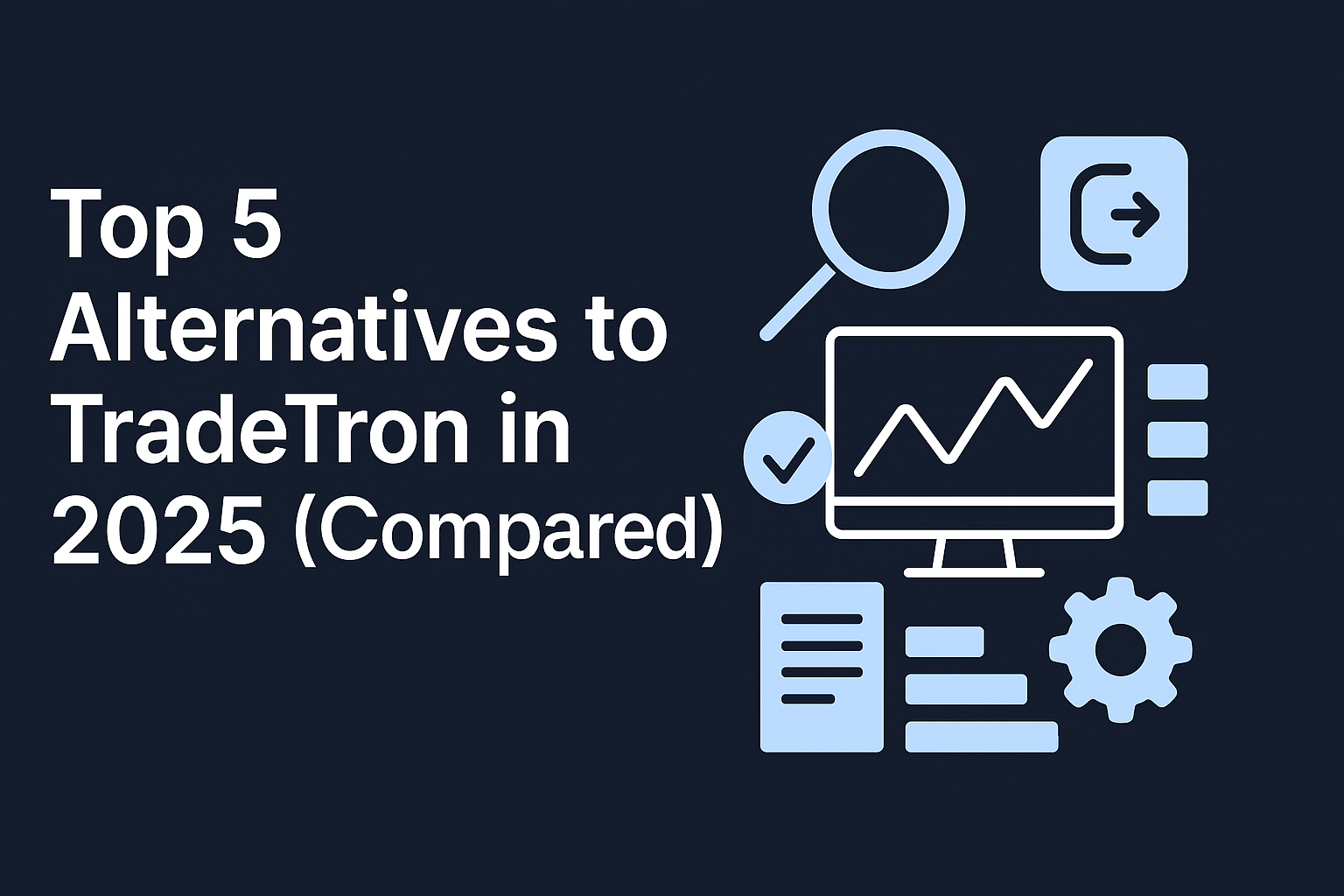In the world of algorithmic trading, effective risk management is crucial. Two essential tools that traders frequently use to manage risk and optimise their trading strategies are the trailing stop loss and the take profit order. Both of these tools play a pivotal role in helping traders navigate the volatile nature of financial markets, particularly when using algo trading software.
This blog explores the differences between a trailing stop loss and a take profit order, providing insights into when to use each in your algo trading strategy.
What Is a Trailing Stop Loss in Algo Trading?
A trailing stop loss is a type of stop loss order that automatically adjusts as the price of an asset moves in a favourable direction. It is designed to lock in profits by moving the stop loss level closer to the current market price as the price rises or falls. Unlike a standard stop loss, which remains static, a trailing stop loss moves with the price, allowing traders to capture more value while still protecting themselves from a reversal in the market.
How It Works:
- When you set a trailing stop loss, you define a specific percentage or set a value below the current market price (for a long position) or above the current market price (for a short position).
- If the market price moves in your favour, the trailing stop loss adjusts accordingly, maintaining the defined distance from the current price.
- If the market price moves against your position, the trailing stop loss remains in place and does not adjust. If the price reaches the stop loss level, the trade is executed, and the position is closed.
Example: Imagine you have a long position on a stock trading at INR100, and you set a trailing stop loss of INR5. If the stock price rises to INR110, the trailing stop loss will move up to INR105. If the stock price then drops to INR105, the stop loss will trigger, and the trade will be executed, closing your position.
What Is Take Profit?
A take profit order is a predetermined price level at which a trader exits a trade to secure a positive outcome. Unlike a stop loss, which is designed to limit potential downside, a take profit order ensures that a trader locks in a favourable outcome when the market reaches a certain price level.
How It Works:
- When you set a take profit order, you define a specific price level at which your position will be closed.
- If the market price reaches this level, the trade is automatically executed, and your position is closed.
- Take profit orders are commonly used in conjunction with stop loss orders to create a balanced risk management strategy.
Example: If you have a long position on a stock trading at INR100, and you set a take profit order at INR120, your trade will automatically close if the stock price reaches INR120. This allows you to capture a positive outcome without having to monitor the market constantly.
Trailing Stop Loss vs Take Profit: Key Differences in Algo Trading Strategies
Both trailing stop loss markets and take profit order markets serve essential roles in an algo trading strategy, but they are used in different situations. Here’s a comparison of their key features:
1. Purpose:
- Trailing Stop Loss: Primarily used to protect a trade by locking in value as the market moves in your favour, while still allowing for further upside.
- Take Profit: Used to exit a trade at a predetermined price level, ensuring that a favourable outcome is secured when the market reaches that level.
2. Flexibility:
- Trailing Stop Loss: Dynamic and adjusts with the market, providing more flexibility in capturing favourable market movements.
- Take Profit: Static and does not adjust with the market, making it a straightforward tool for securing a favourable outcome.
3. Risk Management:
- Trailing Stop Loss: Offers a balance between risk management and opportunity capture, allowing traders to protect their positions while still participating in favourable market movements.
- Take Profit: Focuses on securing a favourable outcome, often used when a trader has a clear target price in mind and wants to exit the trade once that level is reached.
4. Use in Algo Trading:
- Trailing Stop Loss: Often used in more dynamic trading strategies on an algo trading platform like uTrade Algos, where market conditions can change rapidly, and traders want to maximise their potential while still protecting against reversals.
- Take Profit: Commonly used in strategies where the trader has a specific price target and wants to ensure that they exit the trade once that target is reached, regardless of future market movements.
When to Use Trailing Stop Loss in Your Algo Trading Strategy
- In Trending Markets: A trailing stop loss is particularly effective in trending markets, where the price of an asset is steadily moving in one direction. By using a trailing stop loss, you can lock in favourable movements while still allowing the trade to benefit from continued upward or downward momentum.
- To Manage Volatility: In volatile markets, a trailing stop loss can help protect your position from sudden reversals while still capturing value as the price moves in your favour. This is especially useful in algo trading, where market conditions can change quickly, and the ability to adjust to these changes is crucial.
- When You Want to Maximise Opportunity: If your trading strategy is focused on capturing as much value as possible from a favourable market movement, a trailing stop loss is the right tool. It allows your position to remain open as long as the market is moving in your favour, automatically adjusting to lock in more value as the price rises or falls.
When to Use Take Profit in Your Algo Trading Strategy
- When You Have a Clear Target: If you have a specific price target in mind and want to ensure that you exit the trade once that level is reached, a take profit order is the right choice. This is common in strategies where the trader has a clear expectation of where the market will move and wants to lock in the outcome at that level.
- To Simplify Your Strategy: Take profit orders are straightforward and easy to implement, making them ideal for traders who prefer a simple, hands-off approach to their algo trading strategy. By setting a take profit order, you can ensure that your position will be closed at your desired price level without needing to constantly monitor the market.
- When You Want to Limit Exposure: Take profit orders can be used to limit your exposure to the market by ensuring that your position is closed once a favourable outcome is secured. This is particularly useful in situations where you expect the market to reach a certain level and then reverse, allowing you to exit the trade before the reversal occurs.
Integrating Trailing Stop Loss and Take Profit in Algorithmic Trading Strategy
The best algo trading strategies often combine both trailing stop loss and take profit orders to create a balanced approach to risk management and opportunity capture. On an algo trading platform, you can set up your algorithms to use both tools in tandem, ensuring that your strategy is well-rounded and capable of adapting to different market conditions.
- Use Trailing Stop Loss for Dynamic Adjustments: By incorporating a trailing stop loss into your algorithmic trading software, you can ensure that your strategy remains flexible and responsive to market movements, locking in favourable movements while still allowing for further opportunity.
- Use Take Profit for Clear Exits: Adding take profit orders to your algo trading software can help you define clear exit points for your trades, ensuring that you capture favourable outcomes without needing to constantly monitor the market.
In conclusion, both trailing stop loss and take profit orders are essential tools in the arsenal of any algo trader. Understanding when and how to use each can make a significant difference in the effectiveness of your trading strategy. Whether you’re looking to capture dynamic market movements with a trailing stop loss or secure a specific price target with a take profit order, integrating these tools into your algo trading strategy on a platform like uTrade Algos can help you optimise your approach to trading in the financial markets.












